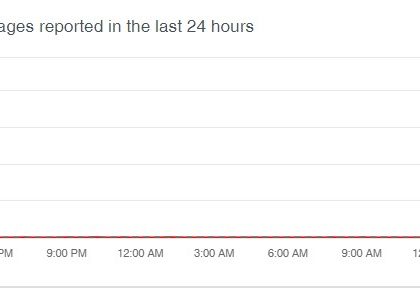Destructive Chrome 79 Android Bug Leaves Users With No Application Data [cbronline]
by CIRT Team
Google had to force-stop the rollout of the Chrome 79 update to Android devices over the weekend following the discovery of a destructive bug that is obliterating user data on mobile applications; unfortunately the update for Android has already been offered to 50 percent of the user base.
The bug discovery comes after the release last week of Chrome 79 – a major update for the Chrome browser in Windows, Mac, Android and iOS – which includes new features such as a password checking tool, AI-based cyber security features and a new UI for user profiles.
Last Friday; users took to Chromium bug forums to complain and raise the red flag: “We have verified that all our clients with Chrome/webview updated to v79 have lost all their app data,” one wrote, while another user notes that all of their application users’ encrypted login information “has been wiped and they can’t remember their credentials (and resetting them are practically impossible in the case of our app).”
The issue appears to emanate from the two storage mechanisms used by Chrome and mobile devices; WebSQL and Localstorage. These mechanisms let websites and applications store data directly on a user’s device as part of their Chrome profile. When the Chrome 79 update was downloaded it seems to have wiped or not migrated all of the data that was stored locally into the Chrome 78 profiles directory.
The Chrome 79 update has been pushed out to 50 percent of Android users with early developer data suggesting that roughly 10 percent of those users have actually installed the buggy update. Yet, considering that Chrome has over 60 percent of the global market share for mobile browsers, 10 percent is a significant chunk of users.
As application developers and users turn to Chromium bug forums for answers and fixes, a Chromium engineer responded to an anxious forum that “we are currently discussing the correct strategy for resolving this issue which will be one of:
a) continue the migration, moving the missed files into their new locations.
b) revert the change by moving migrated files to their old locations.”
For more, click here.
Recommended Posts

Training on cybersecurity awareness for Department of Women Affairs
25 Nov 2023 - Articles, English articles, News, News Clipping, Service










